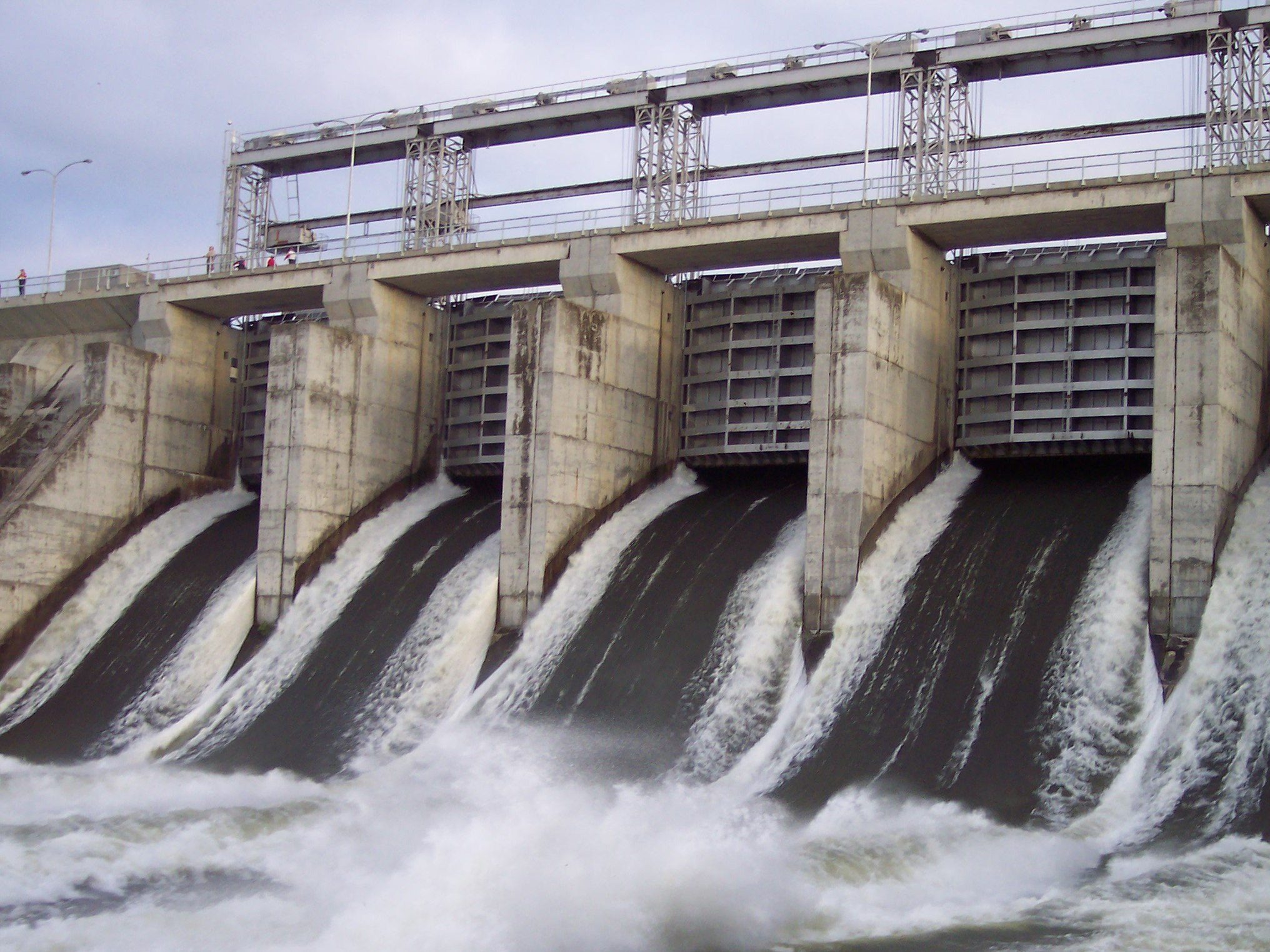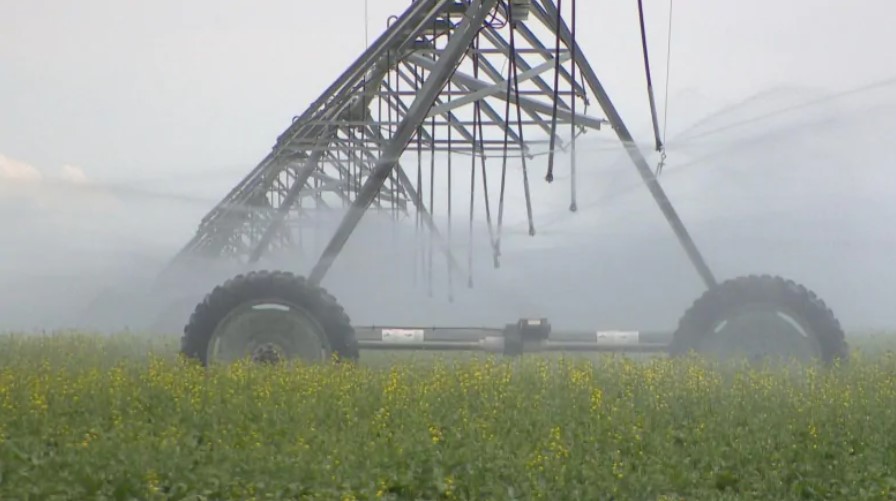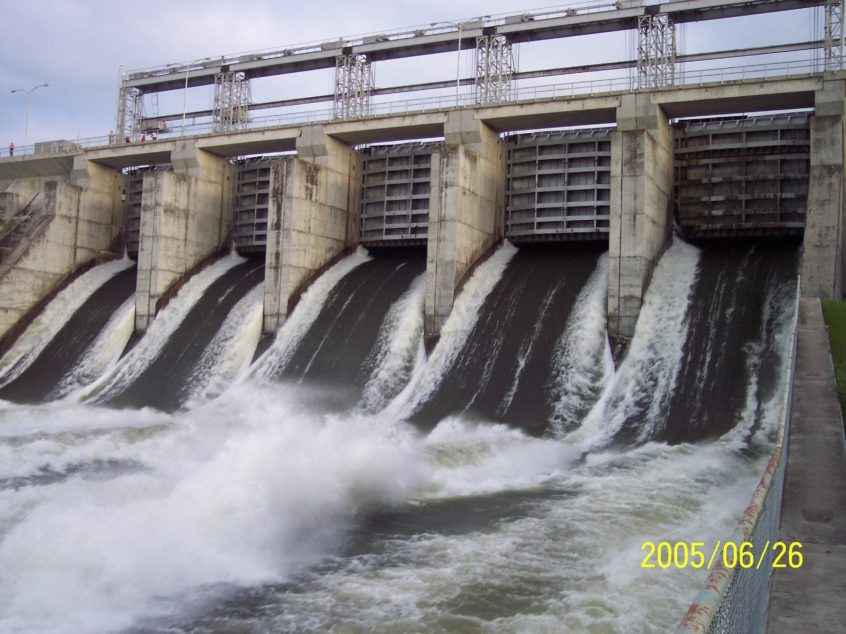A look into the environmental effects of hydropower in a Saskatchewan context by Nicole Doll
Representing the most popular renewable energy resource there is, hydroelectric power is a rapidly growing energy resource in many countries across the globe. Here in Canada, hydro is responsible for a whopping 60% of our electricity generation.
Since hydropower creates an important step away from the fossil fuel industry, investing in more is often framed as good for the environment. Equating hydropower with a renewable, green energy resource often leads the general public to unquestioningly accept it as a clean energy solution.
While it is important to have alternatives for fossil fuels in order to reduce our global carbon emissions, we should use caution when viewing hydropower as good for the environment, or a resource that needs to be expanded.
In order to fully understand the impacts of hydropower, we need a deeper look into the local environmental and social effects that are felt by communities all over the world, most of which are routinely overlooked.



Let’s start with the Big Dam Consequences.
Altering the flow of a river poses significant threats to its ecosystem and the ability of species to survive there. Mammals are subject to losing wetland habitat, migrating fish are impeded by structures, and aquatic life downstream have to adjust to abnormal fluctuations in the water levels.
Species that have been evolving in these areas for thousands of years suddenly have a completely different system to survive in, and oftentimes they simply can’t adjust.
Once a dam is built, the nutrient regime of the ecosystem becomes jeopardized. An important role of rivers is to transport nutrient-rich sediment to parts of the ecosystem that need it, such as wetlands, floodplains, and riparian areas.
The sediment that is so vital for nutrient transport becomes impounded by the dam and is unable to flow downstream to these environments. Not only do these habitats suffer from reversed water flows, but they do not receive the nourishment needed to maintain normal growth structure.
Although hydropower offers an important benefit by providing an alternative to the use of fossil fuels, researchers have found that dams are actually a source of greenhouse gasses, emitting both carbon dioxide and methane. Surprisingly enough, dams across the world emit more greenhouse gas emissions than Canada does as a country. This is due to the rotting vegetation that gets trapped at the bottom of the reservoir where there is very little oxygen. Methane is produced while the anaerobic bacteria decomposes the organic matter. The methane is then either released by bubbles that float to the surface, all at once when the water is released, or as C02.
Moreover, considering all the deforestation and wetland habitat loss as a result of dams, the ability of these ecosystems to store carbon significantly diminishes. Less carbon being trapped in these environments means more carbon in our atmosphere.
These ecological problems don’t go unnoticed, of course. They are felt by the millions of people who have been directly affected or displaced all over the world due to the problems caused by dams. Many of these communities also rely on their environment as a source of livelihood, and as a result, are no longer able to access vital resources such as fisheries and wildlife.
A Saskatchewan Context
To put all of this into a local context, we can examine the Saskatchewan River Delta.
The Saskatchewan River Delta is the largest inland freshwater delta in North America, and with 80% of the area being a wetland, it is one of the most important wetlands in the country.
This unique area is rich in biodiversity and is designated as a Canadian Important Bird Area of Global Significance. The biodiversity here is essential for the people of Cumberland House Cree Nation, who fish, hunt, and trap as part of their livelihood. Hunting and fishing also provide a means for tourism in the area.



However, the ecological integrity of the delta has been changing. Hydro dams built along the river have meant less water flowing into the delta. The change in water flows had impacted the natural landscape, the wildlife and fish species, and the way of life of the Cumberland House Cree Nation. The Delta has been impacted most significantly by the operation of three large upstream dams – the E.B Campbell dam, the Gardiner dam, and the Nipawin Hydro dam.
Unable to cope with the changing flow patterns, wildlife and aquatic populations have dwindled. Instead of having heavy flows in the spring and summer that flood the delta, the dam stores all of this water and the delta becomes dry during this period. In the winter, when electricity demand is at its highest, water is released through the turbines, changing the structure of the ice.
The muskrat which were once plentiful for trapping have declined, the commercial goldeneye and sturgeon fishery have collapsed, and the moose population which is an important source of meat have diminished. Since water levels have dropped so much in the delta, the winter freeze-up makes it all the way to the bottom, killing walleye and whitefish populations.
Another issue associated with these dams is sediment that is responsible for replenishing the surrounding habitats with nutrient-rich material is being impounded by the dam and not making its way downstream to the delta. This obstacle coupled with the lack of flooding in the spring results in the wetlands not receiving nutrient replenishment which is vital to the health of the ecosystem.
Reduction of peak flows in the delta are is further intensified by the Gardiner dam located on the South Saskatchewan, which holds reservoir water at Lake Diefenbaker.
Lake Diefenbaker is currently meeting water demands now and for the foreseeable future for various water uses in the surrounding regions. However, water demands are expected to grow and at an unprecedented rate with the announcement of a $4 billion irrigation project, which plans to divert water from Lake Diefenbaker in order to irrigate up to 500,000 acres of land. The project is said to take 10 years to complete and is the biggest infrastructure project the province has seen in many decades.



The announcement came as a surprise for many, as the government failed to comply with ‘free, prior, informed consent.’ The government has a duty to consult First Nation groups affected before projects like this take place. However, the government plans to begin consultation only as the project progresses.
The irrigation project is immensely complex, having many environmental, socio-economic and political factors to think about. Because the Saskatchewan River basin flows from Alberta to Manitoba, the project is transboundary. Manitoba, which relies on hydro for 98% of their electricity, will be heavily impacted by lower flows.
What are we taking from our Eastern Neighbours?
Diverting this much water away from the river is risky considering we aren’t exactly sure how climate change will impact future levels of water. With more unpredictable weather patterns expected to occur, droughts and floods will pose a large threat to this project, and to the affected water users.
The substantial water diversion from Lake Diefenbaker will multiply the negative impacts the people of Cumberland House Cree Nation have been experiencing at the Delta. The reduced water quality and quantity will further put the wetlands and surrounding areas at risk, as well as the species associated with these habitats.
While many people benefit from the resources that the dam provides, most are unaware of the impacts that have been felt by the Cumberland House First Nations and other downstream users. Many may not even know about the uniqueness of the Saskatchewan River Delta, and what an ecologically significant area it is. These communities are left with the consequences, trying to protect what remains at the delta.
For the people of Cumberland House Cree Nation, the wildlife and birds that reside there, and the wetlands and marshes, it is in our nation’s best interest to conserve this area of great ecological importance.




